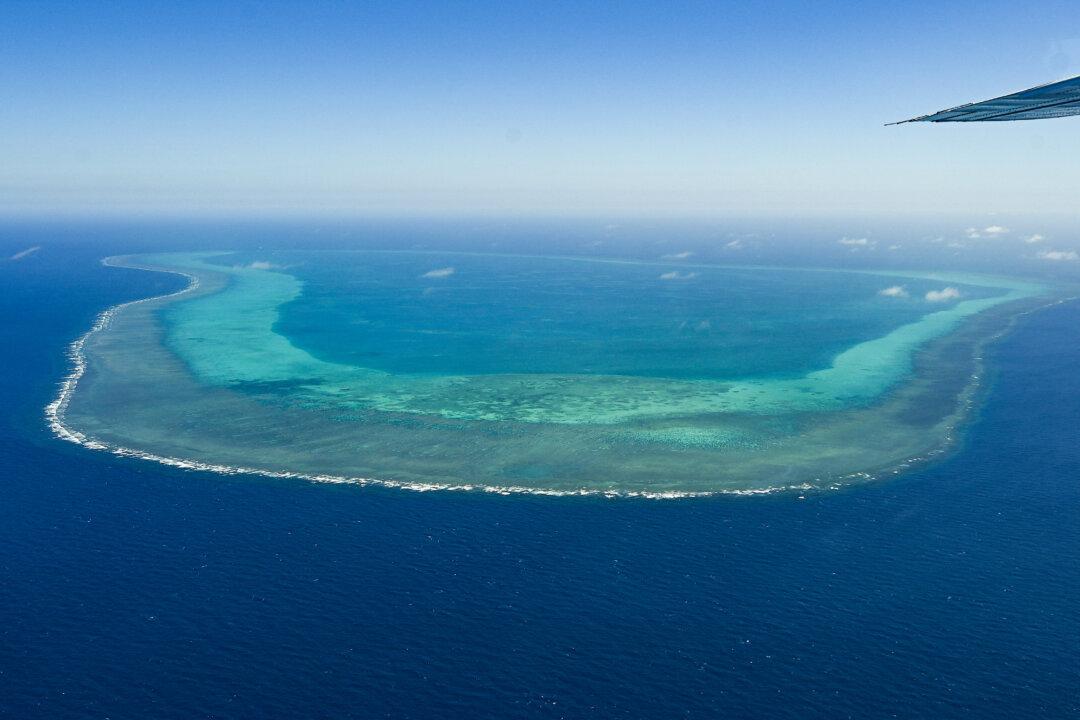Philippine Foreign Secretary Enrique Manalo said on Aug. 12 that the country will file a diplomatic protest with China over a recent incident involving the Chinese military and the Philippine air force.
Two Chinese aircraft on Aug. 8 dropped flares in the path of a Philippine patrol plane, according to Philippine officials who denounced the move as “unjustified, illegal,” and “very dangerous.”





